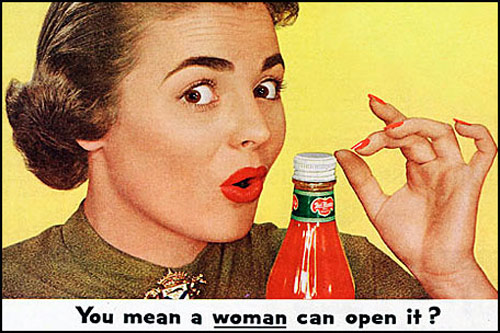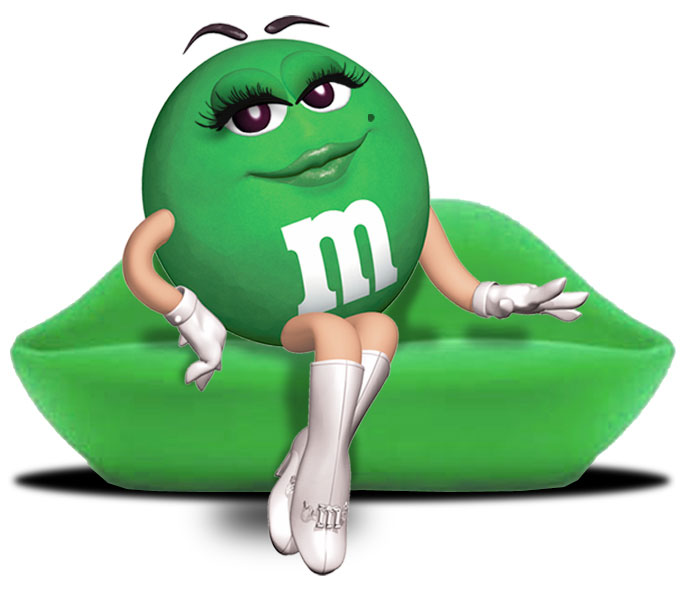I came across this ad in the girl’s bathroom the other day. As I stood there drying my hands with the paper towel, I caught a closer look and that was when it struck me how poorly tailored this ad was.
Ever since the medical community established that the occurrence of breast cancer in younger women had previously been dangerously underrated, breast cancer awareness campaigns have long begun to target not only middle-aged women but younger women as well. Campaigns have went ahead and made efforts to emphasize the fact that one is “never too young” and the concept that “it’s never too early to get a check-up.”
This was why I found myself surprised by the ad which portrayed an extremely limiting image of three women, all of whom looked middle-aged with greying hair. Placed in a university campus within a bathroom frequented by young college girls, the ad was evidently aimed for young women. However, what it communicated through the picture failed to match up.
In its current state, this ad would not readily appeal to a young college girl. At least for a typical teenage girl, the sight of the three old women would cause a faulty categorization of breast cancer as an illness that only occurs to old women.
The ad attempts to invite in a friendly way, “Join us to learn how to prevent breast cancer through healthy lifestyle changes!”…But honestly, why would a young girl want to join a bunch of old moms in making healthy lifestyle changes? A girl would probably be thinking, “I am perfectly young and healthy! Why do I need to make any healthy lifestyle changes?”
Right then and there, a vital sense of connection between an ad and the target audience is lost. The young girl no longer feels that this ad is relevant to her life, and the ad thus fails.










